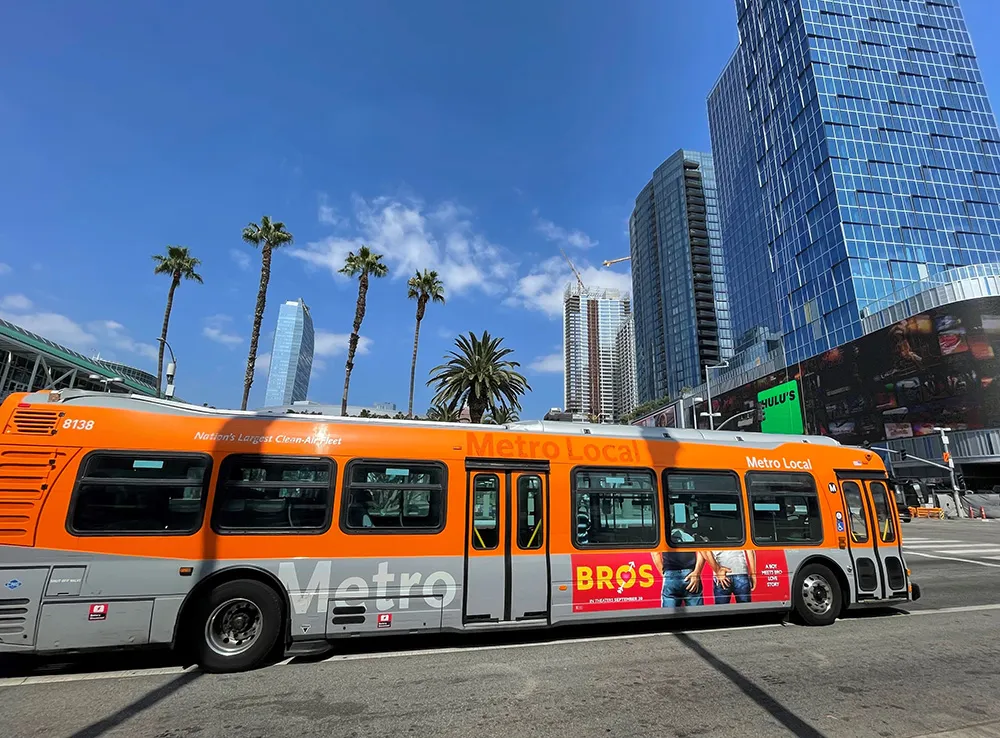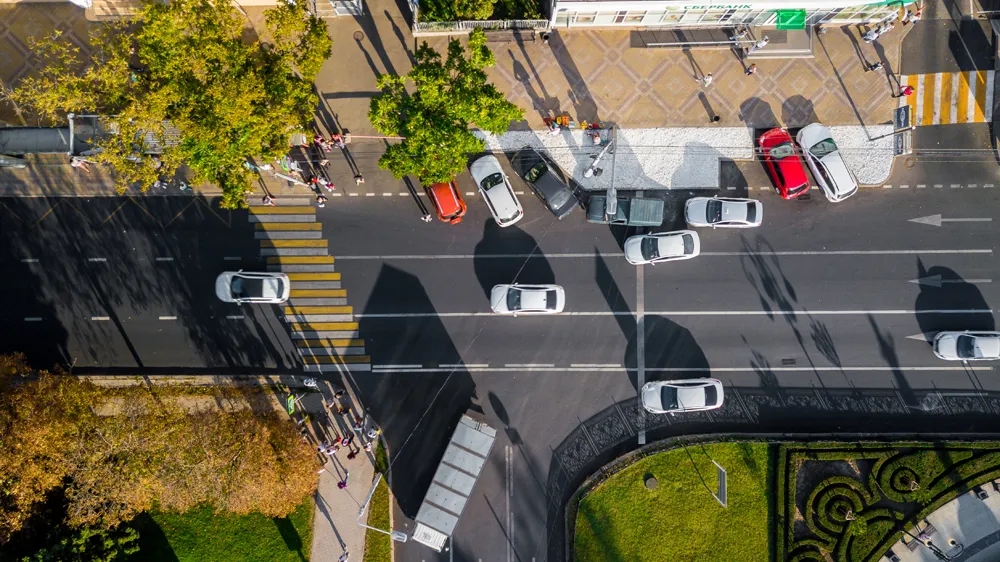
There’s no doubt that we’re getting back in our cars. Post-Covid studies have shown that we fled from public transit to the safety of our private cars to avoid Covid transmission and haven’t returned. Our sudden reliance on private vehicles coincides with our insatiable appetite for building new roads or widening existing ones.
These two trends coinciding may not seem alarming at first, but many drivers may not be familiar with the effects of induced demand. If we build it, they will come - or, more lanes mean more traffic.
America’s largest 100 urban areas added 30,511 new lane-miles of roads between 1993 and 2017, according to a report by Transportation for America1, a 42% increase during that time, contrasted against a population growth of only 32%. In other words, we’re needlessly building more roads than necessary for our level of population growth.
And despite more roadways now created, traffic congestion (measured in hours per day) increased by 144% within that same period. And let’s not even get started on the fact that each lane-mile of roadway cost between $4.2m and $15.4 million to build and an estimated $24,000 a year to maintain, with $500 billion spent to expand roads between 1993 and 2017.
It’s an untenable situation and we can’t keep building roads. Yet, we can’t seem to persuade drivers to get back onto public transit, which would represent an easy way to quickly reduce traffic congestion.
Is it possible there’s a better, smarter, and more cost-effective way to ultimately tame our nation’s traffic problems? The answer might be found in sophisticated, artificial intelligence-based technology that’s designed to be embedded in our current, everyday traffic infrastructure.
Three wishes for transit
Transit riders want three things: consistent travel times, frequent service, and a reliable transit system. Transit signal priority (TSP) is one of the easiest ways local transit agencies provide all the three wishes, but it requires a progressive view of how to better serve their ridership.
Local transit agencies which invest in transit signal priority help save riders time. But only if they use the right kind of priority solutions.
Legacy TSP systems haven’t evolved much from their introduction in the 1960s. Namely, being an expensive transmitter on buses that flash an infrared strobe light to receivers installed on traffic signal mast arms, much like a TV remote control. The cost to install this hardware on both signals and buses is quite high and requires regular maintenance and calibration to guarantee consistent operation. Not to mention the fact that it’s hard to tell if the system is actually working or audit its performance.
Next-gen TSP represents the silver bullet that transit agencies are looking for - predictive, ETA-based green lights provided well in advance of the bus’s arrival. These systems utilise the power of cloud-computing, AI and machine-learning technologies to better read movement, roadways, and ridership patterns.
 By melding new technological advancements with proven strategies, transit agencies can reduce travel times by 20%, reduce fuel usage by 14%, and reduce bus emissions by 12%.
By melding new technological advancements with proven strategies, transit agencies can reduce travel times by 20%, reduce fuel usage by 14%, and reduce bus emissions by 12%.
Communities which invest in next-gen solutions, like TSP, can benefit from having smarter infrastructure that adapts to real-time traffic conditions instead of being stuck with statically programmed infrastructure that quickly becomes ill-suited to the dynamic nature of traffic.
About the Author:
Bobby Lee is marketing director for Lyt, a provider of cloud-based smart traffic solutions
Reference
1: https://t4america.org/maps-tools/congestion-con/










